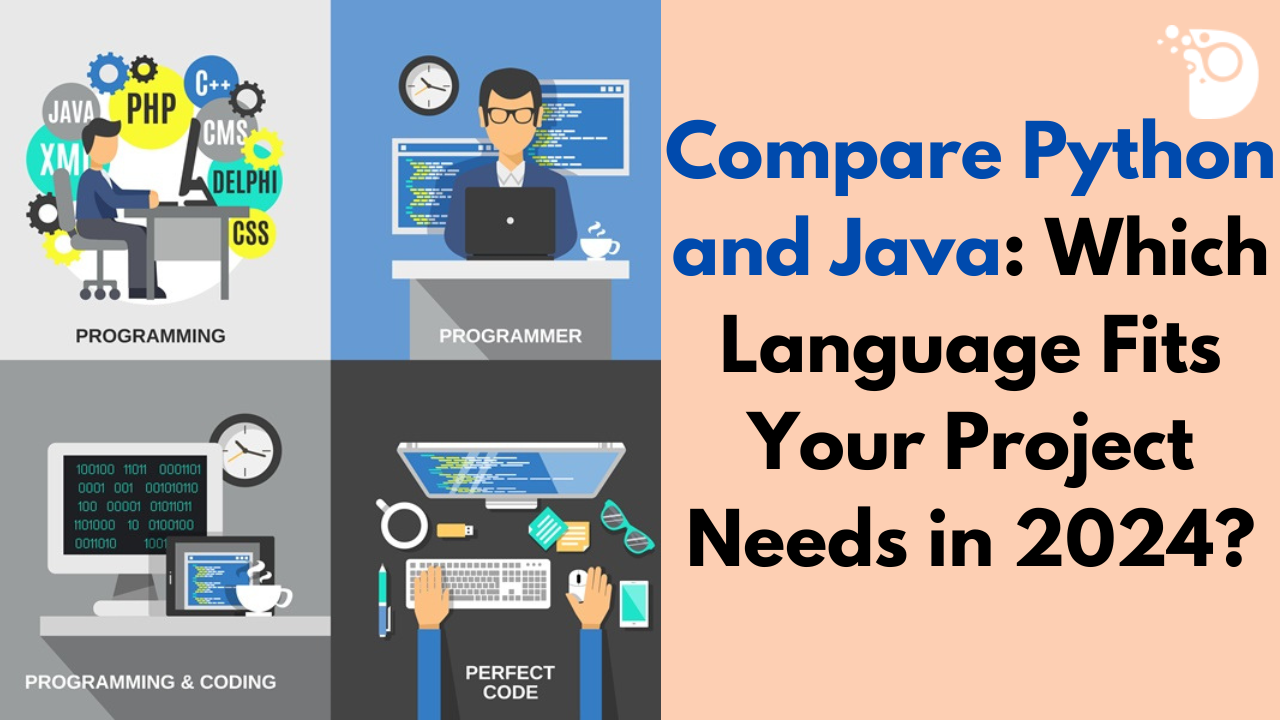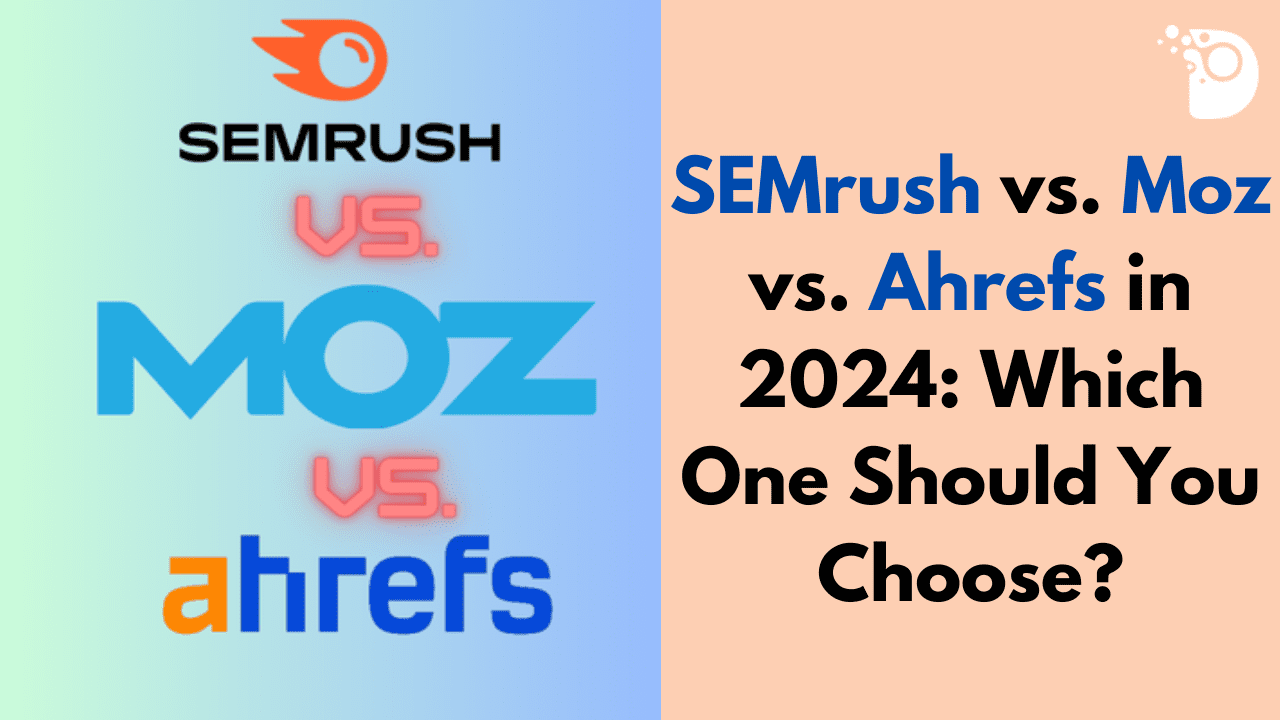It takes a lot more work than it appears to run a successful Google advertising campaign. You’d be surprised at how many PPC mistakes marketers can make with so much to keep in mind. As a result, through working with countless clients over the years, we have observed numerous common errors that frequently go unnoticed, such as failing to geo-target ads or not using ad extensions. Your advertising campaign may significantly underperform due to a simple error.
Therefore, whether you are running your own campaign or have recently taken over the management of a client account, listed below are some of the most frequent PPC errors you should avoid.
Common PPC mistakes To Avoid
1. Not Using Negative Keywords
Therefore, it makes sense to guarantee that you only receive the highest caliber clicks if you’re going to pay for each click on your advertisement. As a result, Google has modified different match types over time so that they now activate more keywords than ever. Some of which should be avoided because they aren’t even pertinent. So, unless you tell Google otherwise, it will by default show ads for terms like “free” and “cheap.” This means that if you are using the phrase match keyword type in your campaign, keywords that include free and cheap could cause your ads to be displayed.
Therefore, the last thing you want is for someone to click on your ads with no intention of making a purchase. Therefore, by utilizing Google’s list of negative keywords, you can weed out as many time wasters as you can and increase your return on investment.
The last thing you want is someone clicking on your ads who has no intention of making a purchase, so by using Google’s negative keyword list, you can weed out as many time wasters as you can and increase your return on investment.
2. Always Aiming For Position 1
Everyone wants to be number one, whether they are running their own PPC campaigns or running ones for clients. Even though it might be alluring, aiming for the top spot in search engine results is a common PPC mistake.
However, having the top spot and being above everyone else on paper looks fantastic because it is a great way to show your client money that could be better spent elsewhere.
Therefore, the top spot for some competitive keywords can cost $10, which for some businesses is far superior strategy. The top spot can cost upwards of $10 for some competitive keywords, which is way too much for some businesses. The majority of the time, focusing on your ROI rather than ranking first is a much better strategy. Even if you are in the second or third spot, you can still get lots of clicks for a very low cost!
3. Not Knowing The Customer’s Lifetime Value
The failure to fully comprehend the lifetime value of their customers is another serious error that many paid search marketers make. You must be aware of your metrics and numbers if you want to create a profitable and effective campaign.
How can you determine the cost per acquisition if you don’t know the average customer’s lifetime value? How can you determine how much you should bid per click without knowing your cost per acquisition?
A PPC campaign’s success depends greatly on data and metrics. There’s a good chance you could lose money if you crunch the numbers incorrectly and spend too much. On the other hand, if you spend too little, you might not be utilizing paid advertisements to their full potential. Every successful campaign starts with knowing all of your key metrics and figures beforehand.
4. Not Using Ad Extensions
Google’s ads are generally uninteresting and boring by default. Many beginners frequently fall into the trap of believing that two headlines and two descriptions are all they need.
Due to the overwhelming number of ad extensions available today, even seasoned PPC professionals occasionally forget to include them in their campaigns. There are a few main Google ad extensions that are worthwhile adding, depending on your business and the type of advertisement you’re running. Which are:
- Location extension
- Sitelink extension
- Callout extension
- Price extension
These ad extensions don’t just make your ad bigger and take up more screen space. However, they also noticeably raise user engagement and click-through rates. Anyone who doesn’t use them is making serious PPC mistakes, especially since they are free to add to any advertisement.
5. Neglecting To Use Google Ads Scripts
Your time is valuable, so automating as many of the simple tasks as possible can save you a tonne of time.
Life is too short to spend it working tirelessly on a menial Paid Marketing Agency in Dubai. For PPC managers, it can frequently be difficult to complete any significant work because there are so many minor daily recurring tasks.
Thanks to Google’s fantastic scripts feature, numerous monotonous and time-consuming tasks can now be automated with the help of personalized Google Ads scripts.
Your time is valuable, so automating as many of the simple tasks as possible can help you save a tonne of time and concentrate on the more crucial tasks.
These scripts can analyze your Google display placements or notify you if your campaigns are exceeding their budget. These scripts are completely free and highly adaptable, and they can be modified to work with APIs and run continuously throughout the day.
Here are some helpful ad scripts to get you started:
- Bid management scripts
- Keyword scripts
- Ad management scripts
6. Not Using Ad Schedules
There will always be times when you get the best conversions for any campaign you are running or managing.
This could occur between 6 and 9 o’clock in the evening or at 9 a.m. Every campaign has a golden window of time when your potential customers are actively searching, you’ll most frequently discover after conducting the analysis.
Not utilizing these busy times and spreading your ad budget evenly throughout the day is a common PPC mistake. The default setting for Google campaigns is to continuously display ads, which is typically not the best option. If you consistently receive high-quality leads at a particular time of the day, you should consider raising your bids and spending.
To accomplish this, you can use Google Ads’ ad scheduling feature, which enables advertisers to raise or lower their bid modifiers at specific times. Additionally, you can completely disable ads at specific times for maximum optimization.
This allows you to concentrate especially on those peak performance times rather than spreading the daily budget evenly throughout the day. Think of it like the 80/20 rule: 80% of your conversions will come from 20% of your daily efforts.
7. Using Smart Search Campaigns
One of the most notable new campaign types that Google has introduced over the years is the “smart campaign.” Smart search campaigns, display campaigns, and shopping campaigns are the three categories of smart campaigns that are currently offered.
Smart search and display campaigns should always be avoided, even though smart shopping campaigns are generally effective.
Smart search campaigns frequently target newcomers and aim to remove the management from running paid search campaigns. They can manage several aspects of the campaign, such as bidding, keywords, and ad scheduling, by utilizing AI and machine learning.
Unfortunately, despite their best efforts, the results of an all-in-one automated package are frequently disappointing. In fact, it’s so disappointing that even a novice PPC mistakes user can outperform a smart search campaign.
It’s time to stop using smart search campaigns and find someone who can manage your ads if you do so currently or are considering starting one.
8. Not Using Location Targeting
Identifying the target audience is one of the initial steps in creating a successful PPC campaign.
If you run a small business in Seattle, you should probably limit your customer base to those in Seattle. Although it may seem like a good idea to run advertisements in other states and cities to broaden brand awareness, you will actually end up losing money.
You must adjust your campaigns’ location targeting settings in Google Ads to target particular nations and regions. You’d be shocked at how many paid search marketers actually fail to set this up properly, though. As a result, advertisements are displayed in states and cities that the company doesn’t even serve!
Location targeting not only guarantees that the right people see your ads, but you can also include the user’s location in the advertisement to catch their attention. In addition, user engagement is much more likely to rise with this level of location personalization than without it.
9. Having A Slow Website
After spending hours researching keywords, creating your ad copy, and adding all the ad extensions, you discover that users are leaving your website at an alarming rate. The offender? a sluggish website that drives away all of your potential customers!
You should at least invest in quality web hosting if you’re going to spend potentially thousands of dollars each month on Google ads.
According to Google statistics, a landing page that takes five seconds to load has a 90% higher bounce rate than one that loads in just one second. Having a quick website is essential if you’re serious about getting the most out of your PPC spend.
Google might give you a refund for visitors who leave before the page loads, but what about those who leave when it takes too long to submit a form?
Every marketer should test their website’s performance on both desktop and mobile devices. It can increase PPC ad conversions and guarantee a positive user experience for everyone who visits your website.
10. Not Optimizing Your Landing Pages
One of the key elements of any PPC campaign is the landing page. It not only has a significant impact on a campaign’s relevancy and quality score, but it also ultimately determines your conversion rates.
Any webpage on your site can be made more popular, but getting visitors to convert is a completely different story. Spending all of your time concentrating on the campaign and ads rather than the landing page is a classic PPC mistake.
Every advertisement you run should ideally lead to a special and pertinent landing page that visitors will interact with. If a sale is mentioned in the advertisement, it should be highlighted on the landing page as well. The likelihood of a bounce is greatly increased if it isn’t on the page but the user expects it to be.
A/B testing is a good way to continuously improve any landing page to make sure you’re getting the most out of it. This entails testing the performance of two versions simultaneously. You’d be surprised at how even a small change, like a different button color or headline, can significantly increase your conversion rate.






